WHAT TO DO IN MAS GUILLÓ?
Wine tourism

Caves Naveran
- Ctra. C-15 ( Vilafranca a Igualada Km. 25.1 ) St. Martí Sadevesa, Torrelavit, Barcelona, España
- +34.938 988 400

Cava Segura Viudas
- Carretera de St. Sadurni d'Anoia a St. Pere de Riudebitlles, km 5, 08775 Torrelavit, Barcelona, España
- +34 938 917 070

Caves Llopart
-
Ctra. de Sant Sadurni a Ordal, Km.4 Els Casots – 08739 Subirats – Barcelona
- +34 938 993 125
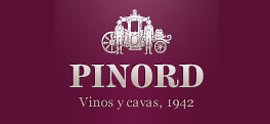
Bodegues Pinord
-
Doctor Pasteur, 6 08720. Vilafranca del Penedès Catalunya, España
- +34 938 903 066
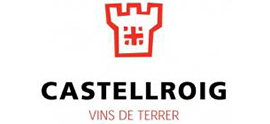
Caves Castellroig
- Ctra.de Sant Sadurní d' Anoia a Vilafranca del Penedès (c-243A), km1 08739 Subirats (Barcelona)
- +34 938 911 927

Caves Sumarroca
- Ctra. de Sant Sadurní a Gelida, km. 15 Barrio el Rebato 08739 Subirats (Barcelona) – España
- +34 938 911 092

Caves Nadal
- Finca Nadal de la Boadella s/n 08775 Torrelavit (Barcelona) España
- +34 607 463 052
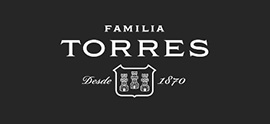
Bodegues Miguel Torres
- M. Torres, 6. 08720 Vilafranca del Penedès. Barcelona - España
- +34 938 177 400
Cultura Popular
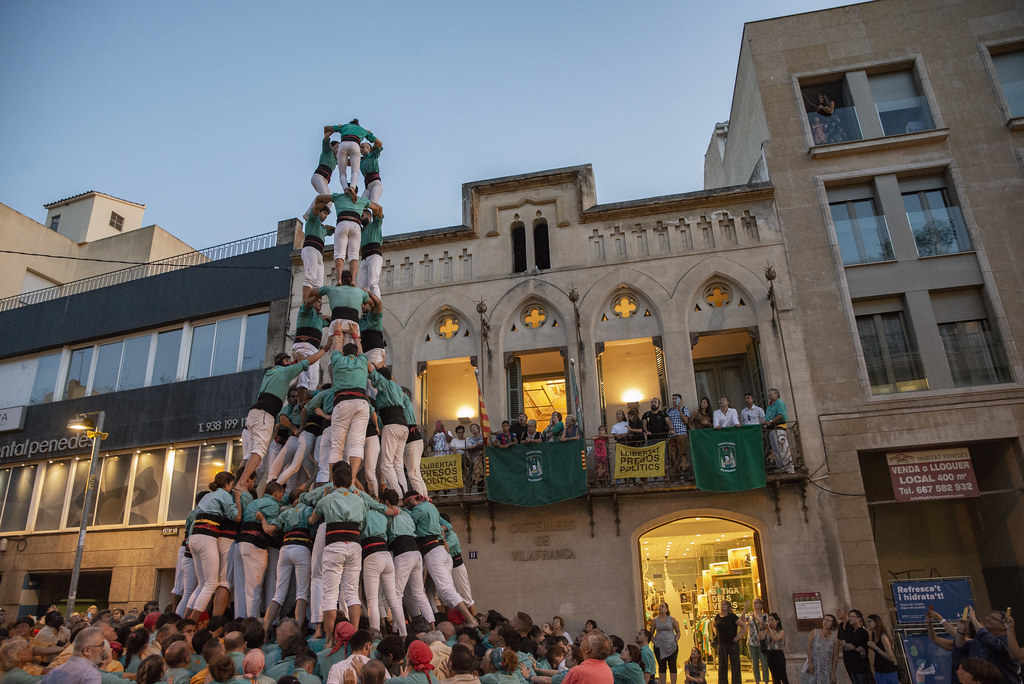
Grup de "Castellers"
The Greens, named for the green color of their shirts. one of the best groups of “Castellers” in Catalonia formed by people between 6 and 60 years old: Every Friday, at 9pm, they practice at their local “Cal Figarot” where visitors are welcome both to watch and to participate.
- Carrer del General Prim, 11 08720 Vilafranca del Penedès
Fairs and Markets
Feria del Gallo
Gastronomic festival that is dedicated to both the Penedés rooster and other birds – shoes, pheasants, turkeys – that you can taste at Christmas. It takes place in mid-December.
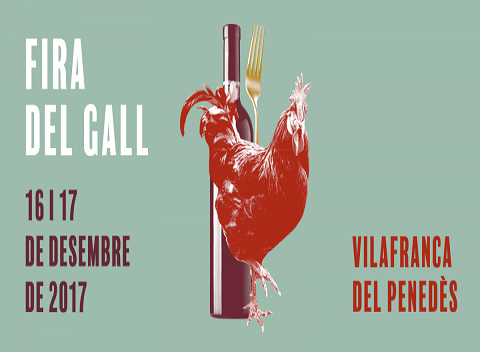
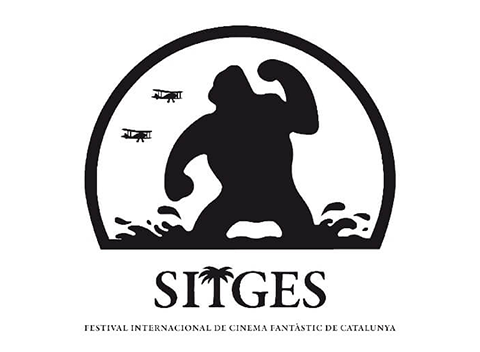
Sitges International Fantasy and Horror Film Festival
It takes place during the 2nd and 3rd week of October
- San Honorato, 32-34. 08870 Sitges (Barcelona)
- +34 938 949 990
Museums
Cau-Ferrat Museum
The work residence of Santiago Rusiñol. A visit that offers a summary of the modern art of Casas, Utrillo, Clarasó, Mas i Fondevila, Regoyos, Zuloaga, Picasso, Pitchot.
- Palau Nacional. Parque de Montjuïc 08038 Barcelona
- +34 938 949 990
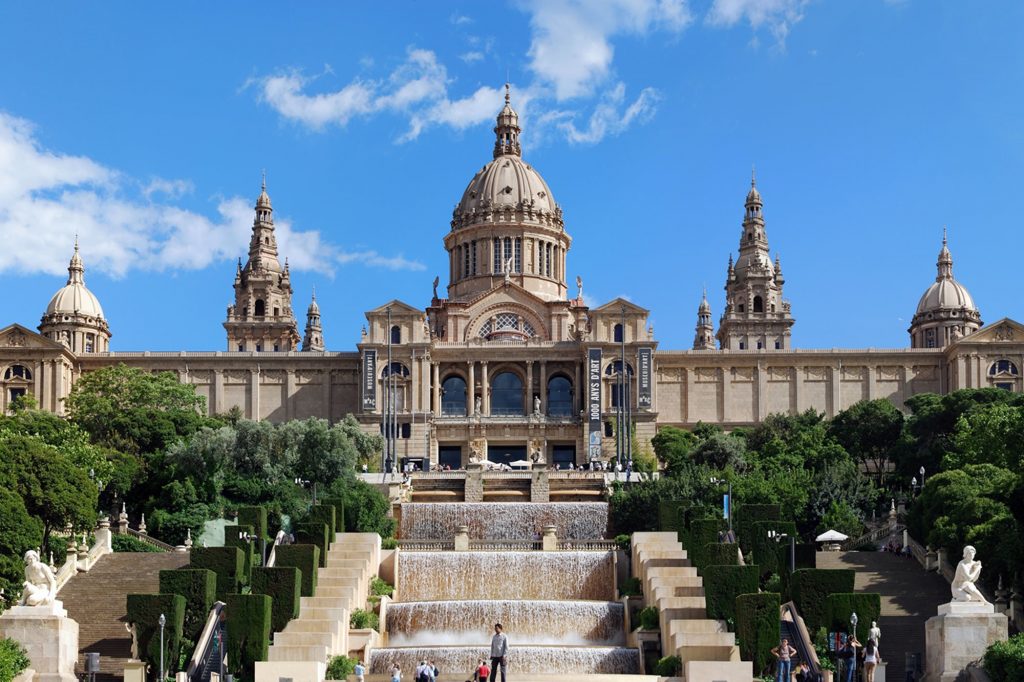
Adventure sports
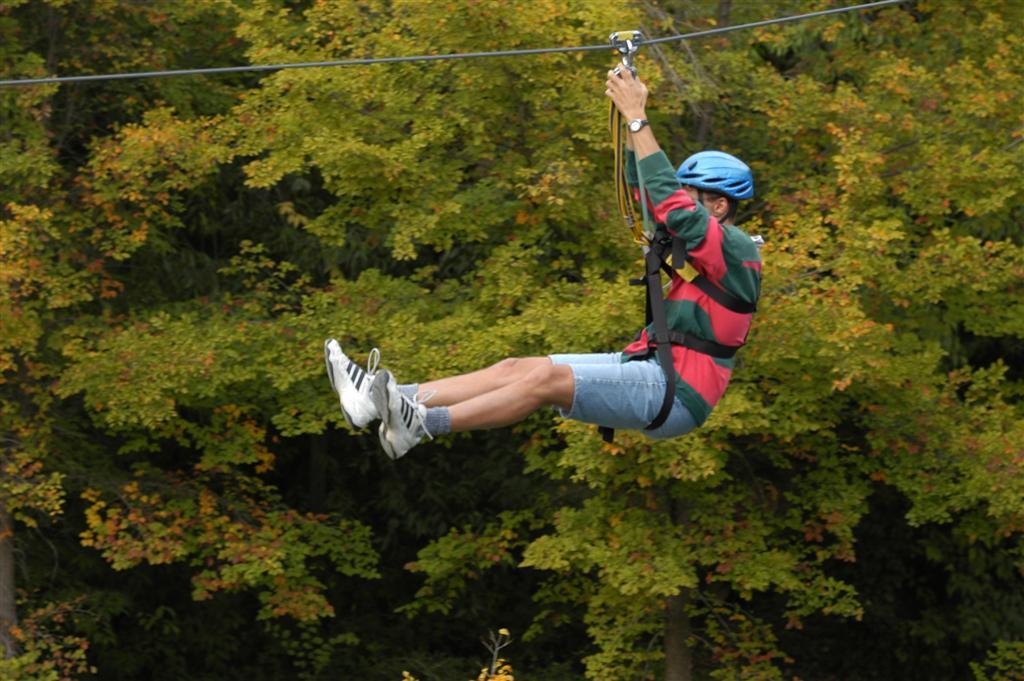
Les Deus Aventura
Natural Park located near a spring of the ten water sources that feed a reservoir where you can swim and enjoy the natural environment carved by water over time.
In the same place, there are adventure sports facilities designed to enjoy the natural landscape with zip lines and climbing routes.
- Lugar Les Deus, 0 S/N, 08777 San Quintín de Mediona, Barcelona
- +34 696 965 684
Nearby populations
Sant Pere de Riudebitlles
Population 2000 inhabitants.
It should be noted here the presence of a historical monument of the 13th century – the house of the Marquis de Llió. Making use of the abundance of water in the Bitlles basin as it came through the area, the Marquis de Llio developed a paper industry – the construction of mills of great architectural value and thus transforming the basic rural economy into an industrial one in papermaking
Noteworthy in St Pere is the aqueduct 80 meters long and 25 meters high with ten large arches in the center. Its construction dates from the 13th century.
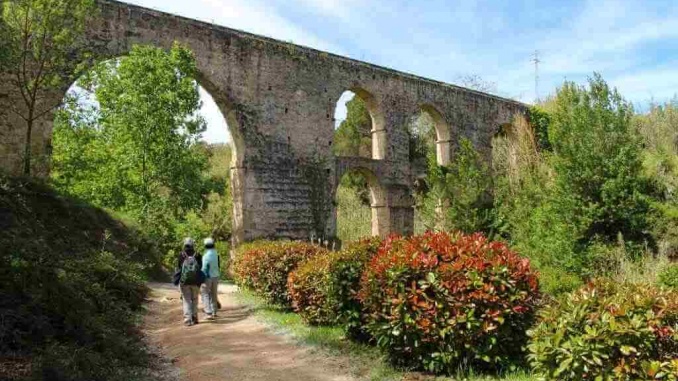
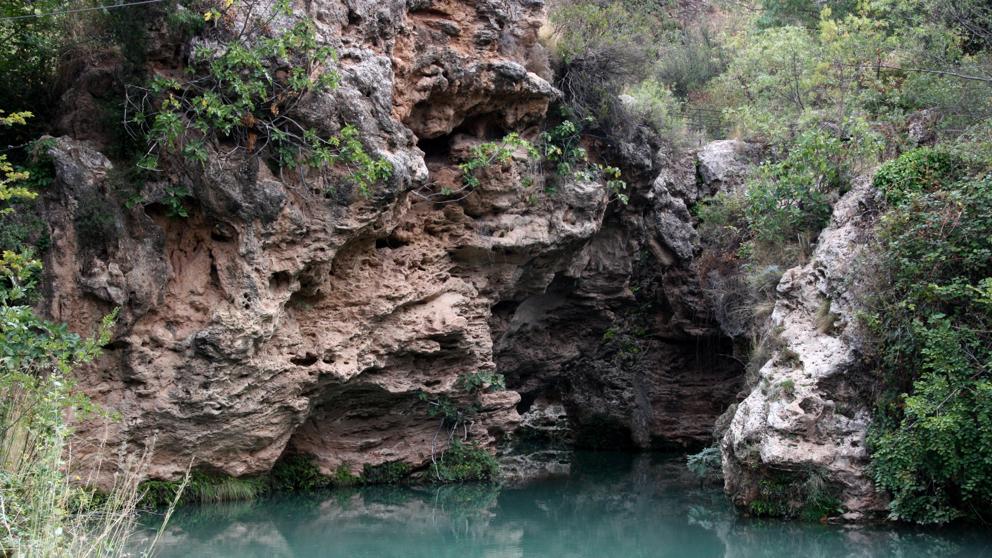
Sant Quintí de Mediona
With a population of 2,000 inhabitants and a historic castle that belonged to the baron of Mediona. His parish church, dating from the year 962, was a Benedictine priory at dinners 13 and 14. It is governed by a monk from Ripoll with the title of Prior.
The abundance of water in the area is remarkable .50 sources have been located among those that are distinguished as “les quotas” – a natural field formed by the sources and a natural cave where an underground stream flows.
Vilafranca del Penedès
Population 38,000 inhabitants.Capital of the Alt Penedés. The city dates from the twelfth century. It was built in a place near the Via Augusta as a medieval city and became one of the most important cities in the Principality.
It was a typical medieval with its perimeter walls, corporations, its nobility and its Jewish quarter. The Basilica of Santa Maria, built in a Gothic style with its spire, whose bells began to ring at the beginning of the 14th century, became the main symbol of the city.
The home of the “castellers”
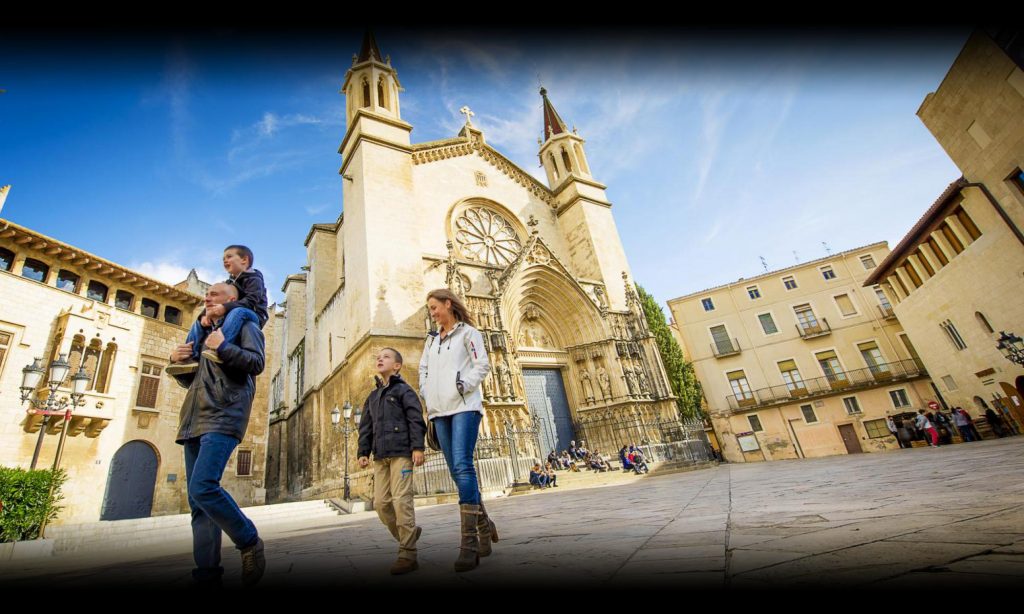

Tarragona
Population 143,000, 14 kilometers from the coast.
Declared “World Heritage” in the year 2000 and has a first artistic class’ ensemble’.The festival of historical reconstruction ‘Tarraco Viva’ allows you to relive this era.




